How To Train Postpartum Like An Olympic Gold Medalist

I know I know, you think I'm being irresponsible; telling the average woman that they can recover like an Olympic Gold Medalist, but hear me out. Recovery should not be about a specific time frame, specific weightloss, certain fitness level or getting those six pack abs. It doesn't matter if you have stretch marks, weigh a 100 or 250 lbs. I'm not even saying you need to spend hours and hours exercising every day.
Core/pelvic floor muscles are most affected by pregnancy and childbirth. Inner and outer core muscles have stretched out for almost 9 months. While activation is an easy first step..the muscles all need to be loaded gradually. Core muscles need to be able to regain strength (the ability to generate force) and stiffness (the ability to resist lengthening against a force like intra abdominal pressure). It should be the FIRST STEP in returning to exercise and daily activities. It is going to take some specific work to regain that activation/strength and stability. Planks while they are a great exercise, only strengthen the core one way. The Core needs to be able to generate force in all directions and also stabilize against all planes of motion. Postnatal core work needs to be progressive for total core reconditioning. This, along with my own issues postpartum, is what drove me to create the ReCORE progression.
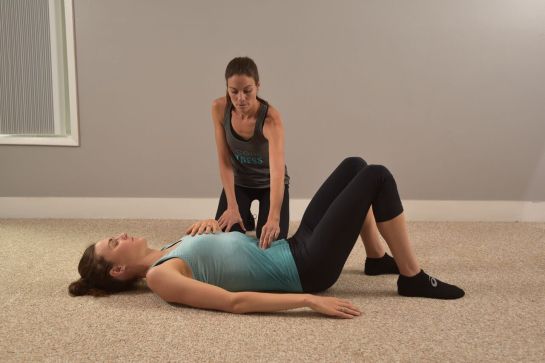
Assessing Ab Sets (relaxing/engaging core with pelvic floor, neutral spine, no rib flaring etc..)
My initial consult included assessment questions and screening for possible postpartum red flags that may indicate the client is not ready to start (remember..everyone recovers at different rates). I do recommend women see a pelvic floor therapist postpartum; there can be underlying issues/injuries (that do not get checked for by an OBGYN/midwife) that I also can’t check. If the client has trouble getting the basic Inner Core exercises down or has certain pain/issues, I will recommend they pause ReCORE program until they have visited with a pelvic floor PT.
Next, I measured for Diastasis Recti. She was basically a 1 (closed) - at one month postpartum; she did not even have minimal ab separation, so there was actually no need for the Post Natal FITsplint. I assessed inner core activation/coordination when relaxing/engaging the inner core (transverse abs, diaphragm with pelvic floor ) and assessed her core stability and strength. This helps me get a good idea where to start and how to progress her along. Gwen posted a few of the exercises along the way on her Instagram account @gwenjorgensen.
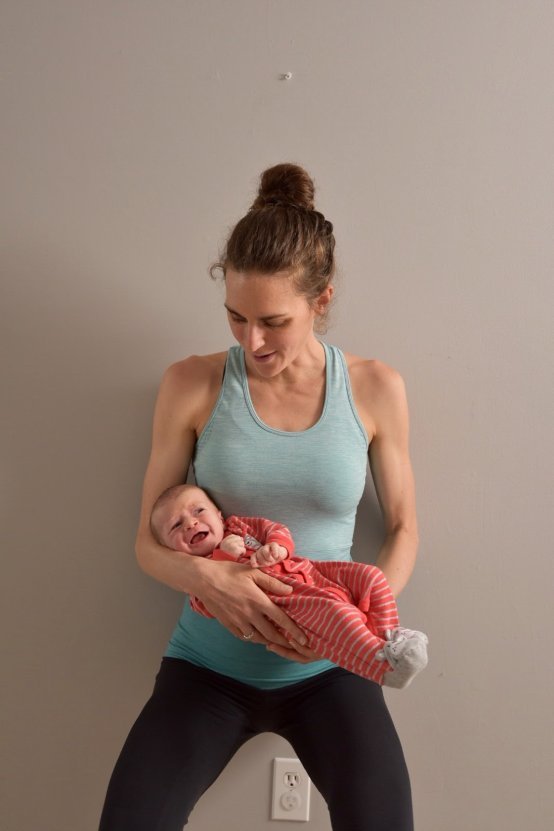
Wall Sit with Ab Sets
At the beginning of ReCORE, I have clients do the Drop Test. Clients should understand how to coordinate and control the inner core/intrabdominal pressure first though; so sometimes waiting till Week 2 to do the test is needed if it takes them a bit to learn Ab Sets. This is not the same as a Straight Leg Raise Test (too much stress on back/core to start lifting from bottom position) Starting with the legs in the up position and engaging the core/pelvic floor; the client only lowers the legs as far as they can go before the back starts to arch out of neutral position or belly starts to bulge. If the back starts to arch, they stop. If the belly starts to bulge, they stop. This gives me a good idea how well the core can stiffen and control pressure. It is not wrong to let the belly bulge..but in this case, we want to test pressure management. They then repeat this test at the end of the 6 weeks of ReCORE and see how much they improve.
Before:
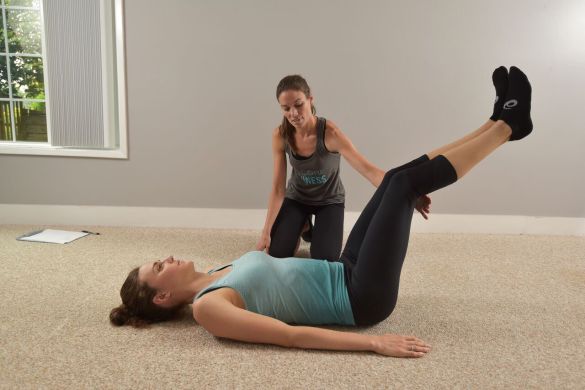
ReCORE Drop Test (before)
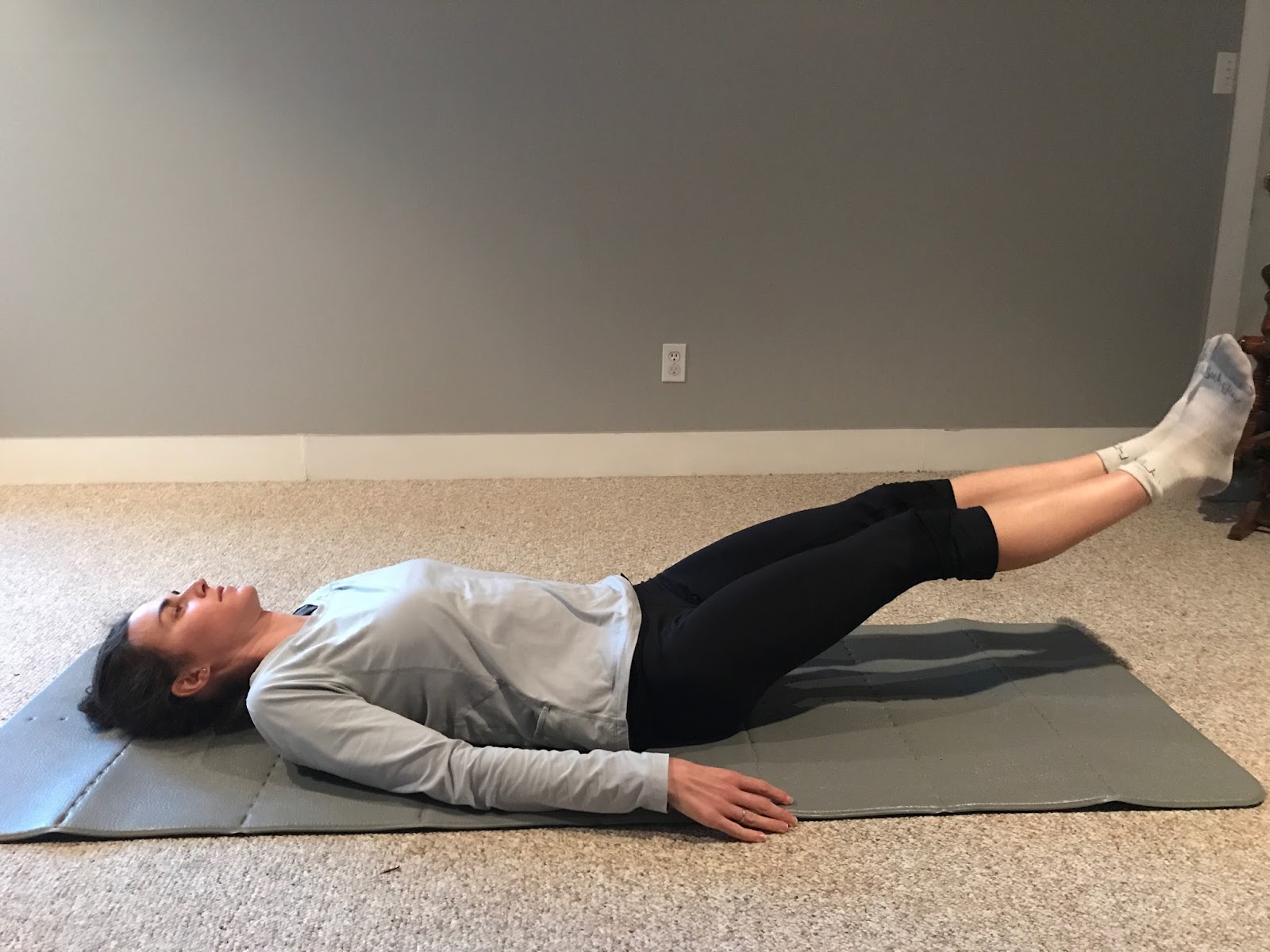
*Please note that the Drop Test is only one test and not always an overall view of how strong a core is. Several other tests can be done to get a better picture of overall core stability, function and strength.
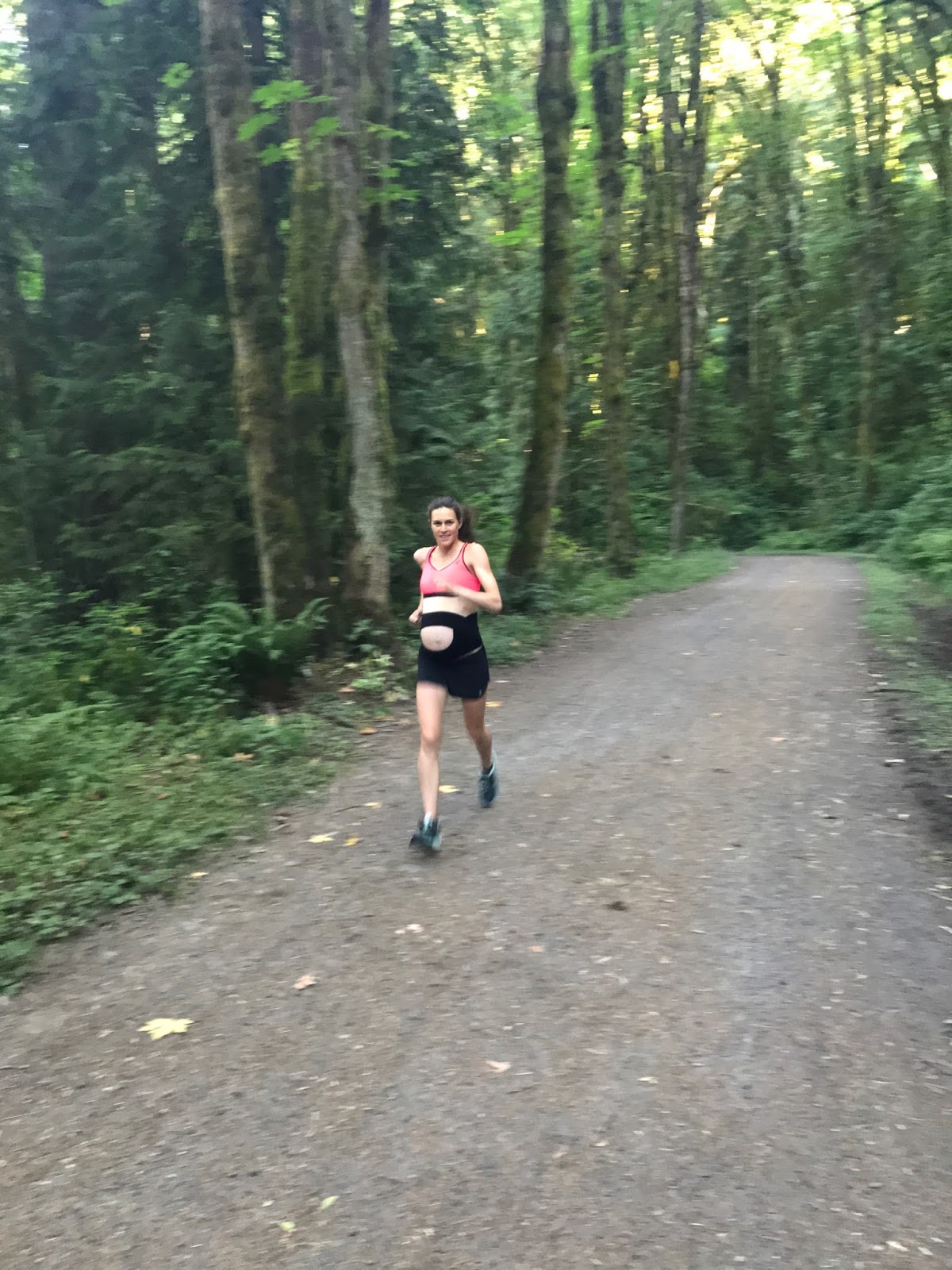


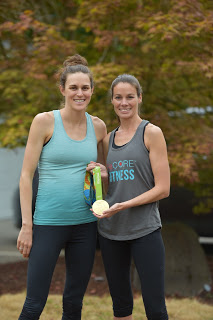






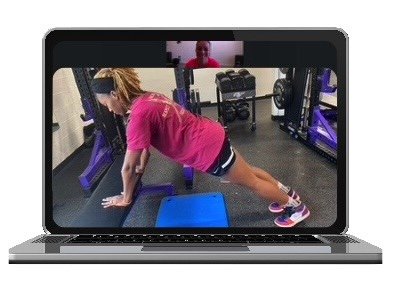




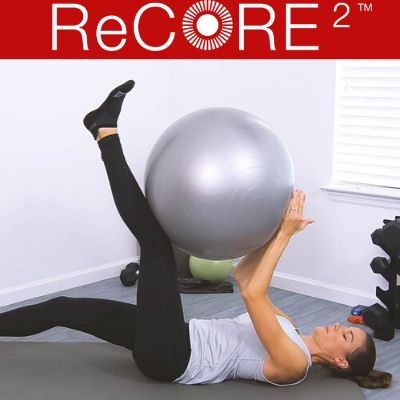







We, Jaime and Sheeva, are fertility specialists who work and live in New York City. For a full run-down of education and articles written, click here. Our practice is devoted to helping women achieve their goal of parenthood. Using a team approach (two minds are always better than one) rooted in honesty and transparency, we are... Read More